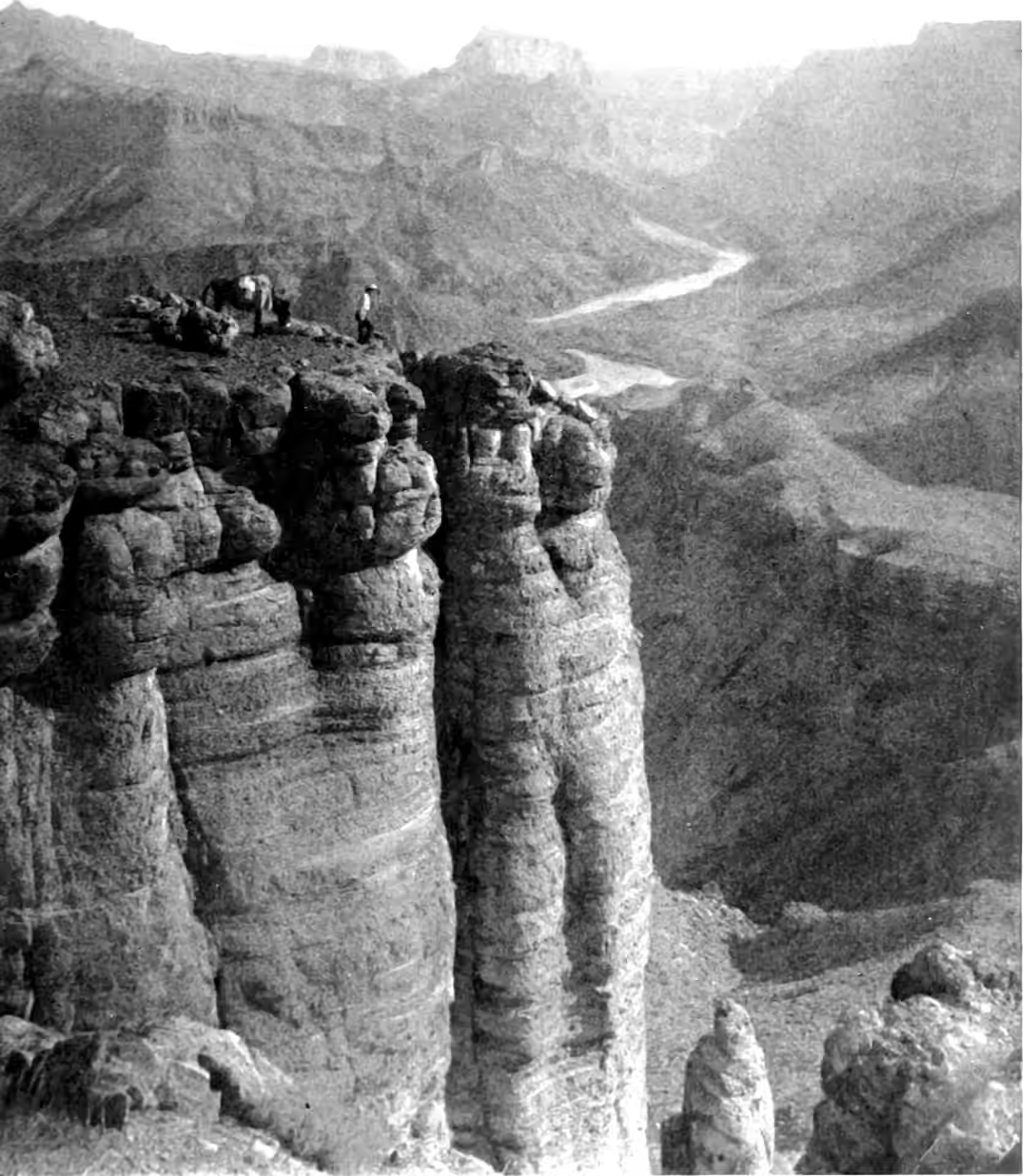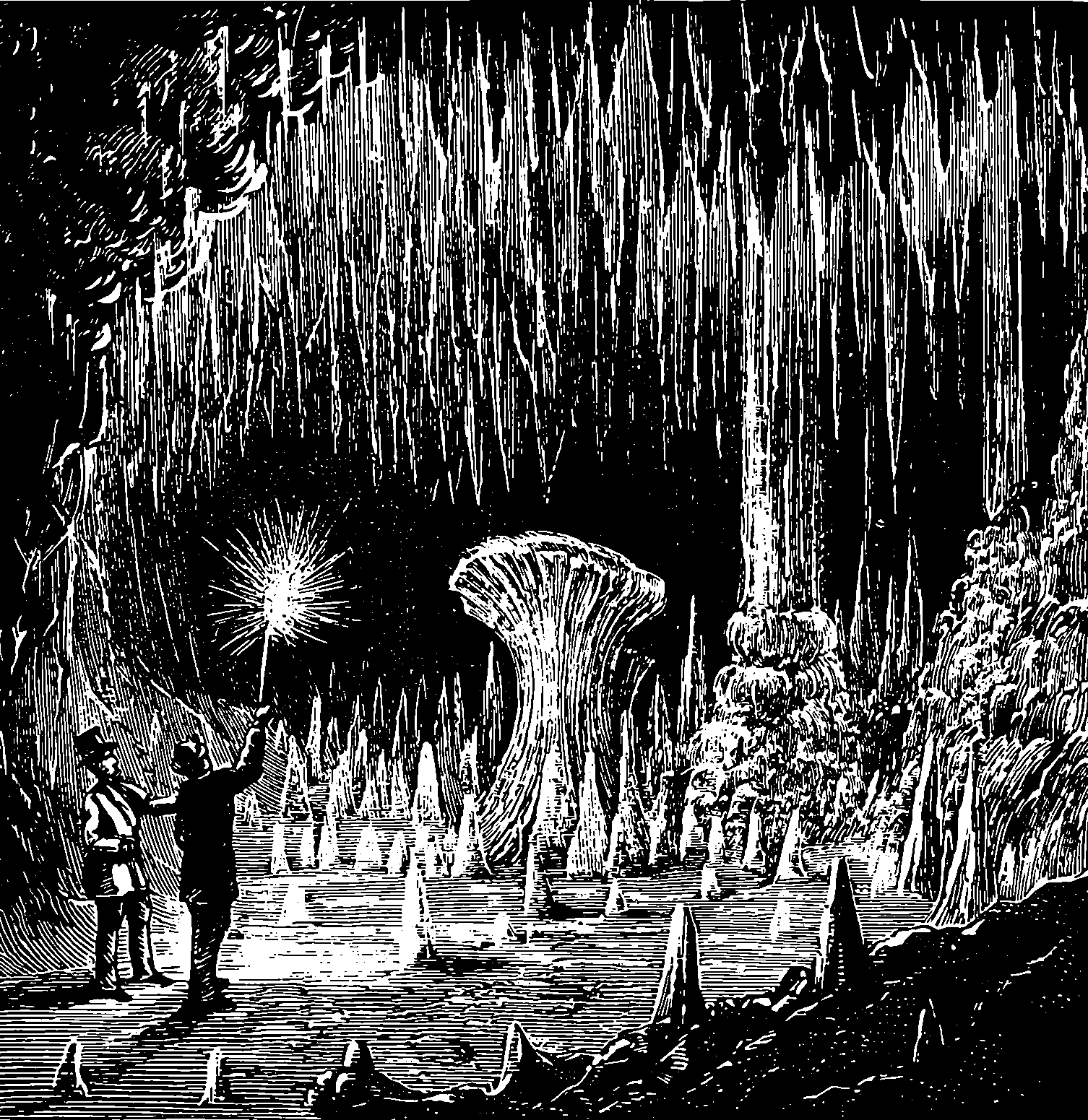Álvarez, Luengo, and Lawrence. 2013.
“Linear Latent Force Models Using Gaussian Processes.” IEEE Transactions on Pattern Analysis and Machine Intelligence.
Bakka, Rue, Fuglstad, et al. 2018.
“Spatial Modeling with R-INLA: A Review.” WIREs Computational Statistics.
Bart, Gohberg, and Kaashoek. 1979.
Minimal Factorization of Matrix and Operator Functions. Operator Theory, Advances and Applications, v. 1.
Berry, Giannakis, and Harlim. 2020.
“Bridging Data Science and Dynamical Systems Theory.” arXiv:2002.07928 [Physics, Stat].
Bolin. 2014.
“Spatial Matérn Fields Driven by Non-Gaussian Noise.” Scandinavian Journal of Statistics.
Bolin, and Kirchner. 2020.
“The Rational SPDE Approach for Gaussian Random Fields With General Smoothness.” Journal of Computational and Graphical Statistics.
Borovitskiy, Terenin, Mostowsky, et al. 2020.
“Matérn Gaussian Processes on Riemannian Manifolds.” arXiv:2006.10160 [Cs, Stat].
Bruinsma, and Turner. 2018.
“Learning Causally-Generated Stationary Time Series.” arXiv:1802.08167 [Stat].
Chang, Wilkinson, Khan, et al. 2020. “Fast Variational Learning in State-Space Gaussian Process Models.” In MLSP.
Curtain. 1975.
“Infinite-Dimensional Filtering.” SIAM Journal on Control.
Dowling, Sokół, and Park. 2021.
“Hida-Matérn Kernel.”
Dutordoir, Hensman, van der Wilk, et al. 2021.
“Deep Neural Networks as Point Estimates for Deep Gaussian Processes.” In
arXiv:2105.04504 [Cs, Stat].
E. 2017.
“A Proposal on Machine Learning via Dynamical Systems.” Communications in Mathematics and Statistics.
Friedlander, Kailath, and Ljung. 1975.
“Scattering Theory and Linear Least Squares Estimation: Part II: Discrete-Time Problems.” In
1975 IEEE Conference on Decision and Control Including the 14th Symposium on Adaptive Processes.
Grigorievskiy, and Karhunen. 2016.
“Gaussian Process Kernels for Popular State-Space Time Series Models.” In
2016 International Joint Conference on Neural Networks (IJCNN).
Grigorievskiy, Lawrence, and Särkkä. 2017.
“Parallelizable Sparse Inverse Formulation Gaussian Processes (SpInGP).” In
arXiv:1610.08035 [Stat].
Hartikainen, J., and Särkkä. 2010.
“Kalman Filtering and Smoothing Solutions to Temporal Gaussian Process Regression Models.” In
2010 IEEE International Workshop on Machine Learning for Signal Processing.
Hartikainen, Jouni, and Särkkä. 2011. “Sequential Inference for Latent Force Models.” In Proceedings of the Twenty-Seventh Conference on Uncertainty in Artificial Intelligence. UAI’11.
Hartikainen, Jouni, Seppänen, and Särkkä. 2012.
“State-Space Inference for Non-Linear Latent Force Models with Application to Satellite Orbit Prediction.” In
Proceedings of the 29th International Coference on International Conference on Machine Learning. ICML’12.
Higdon, Dave. 2002.
“Space and Space-Time Modeling Using Process Convolutions.” In
Quantitative Methods for Current Environmental Issues.
Kailath, Thomas. 1971. “The Structure of Radon-Nikodym Derivatives with Respect to Wiener and Related Measures.” The Annals of Mathematical Statistics.
———. 1971b.
“A Note on Least-Squares Estimation by the Innovations Method.” In
1971 IEEE Conference on Decision and Control.
———. 1974.
“A View of Three Decades of Linear Filtering Theory.” IEEE Transactions on Information Theory.
Kailath, T., Geesey, and Weinert. 1972.
“Some Relations Among RKHS Norms, Fredholm Equations, and Innovations Representations.” IEEE Transactions on Information Theory.
Karvonen, and Särkkä. 2016.
“Approximate State-Space Gaussian Processes via Spectral Transformation.” In
2016 IEEE 26th International Workshop on Machine Learning for Signal Processing (MLSP).
Lindgren, and Rue. 2015.
“Bayesian Spatial Modelling with R-INLA.” Journal of Statistical Software.
Ljung, Kailath, and Friedlander. 1975.
“Scattering Theory and Linear Least Squares Estimation: Part I: Continuous-Time Problems.” In
1975 IEEE Conference on Decision and Control Including the 14th Symposium on Adaptive Processes.
Meyer, Edwards, Maturana-Russel, et al. 2020.
“Computational Techniques for Parameter Estimation of Gravitational Wave Signals.” WIREs Computational Statistics.
Reece, Steven, Ghosh, Rogers, et al. 2014.
“Efficient State-Space Inference of Periodic Latent Force Models.” The Journal of Machine Learning Research.
Reece, S., and Roberts. 2010.
“An Introduction to Gaussian Processes for the Kalman Filter Expert.” In
2010 13th International Conference on Information Fusion.
Rue, and Held. 2005.
Gaussian Markov Random Fields: Theory and Applications. Monographs on Statistics and Applied Probability 104.
Rue, and Tjelmeland. 2002.
“Fitting Gaussian Markov Random Fields to Gaussian Fields.” Scandinavian Journal of Statistics.
Särkkä. 2011.
“Linear Operators and Stochastic Partial Differential Equations in Gaussian Process Regression.” In
Artificial Neural Networks and Machine Learning – ICANN 2011. Lecture Notes in Computer Science.
Särkkä, and Piché. 2014.
“On Convergence and Accuracy of State-Space Approximations of Squared Exponential Covariance Functions.” In
2014 IEEE International Workshop on Machine Learning for Signal Processing (MLSP).
Särkkä, and Solin. 2019.
Applied Stochastic Differential Equations. Institute of Mathematical Statistics Textbooks 10.
Segall, Davis, and Kailath. 1975.
“Nonlinear Filtering with Counting Observations.” IEEE Transactions on Information Theory.
Segall, and Kailath. 1976.
“Orthogonal Functionals of Independent-Increment Processes.” IEEE Transactions on Information Theory.
———. 2015b.
“Stochastic Partial Differential Equation Based Modelling of Large Space-Time Data Sets.” Journal of the Royal Statistical Society: Series B (Statistical Methodology).
Tompkins, and Ramos. 2018.
“Fourier Feature Approximations for Periodic Kernels in Time-Series Modelling.” Proceedings of the AAAI Conference on Artificial Intelligence.
Weinert, H. L., and Kailath. 1974.
“Minimum Energy Control Using Spline Functions.” In
1974 IEEE Conference on Decision and Control Including the 13th Symposium on Adaptive Processes.
Whittle. 1963. “Stochastic-Processes in Several Dimensions.” Bulletin of the International Statistical Institute.
Wilkinson, Andersen, Reiss, et al. 2019.
“Unifying Probabilistic Models for Time-Frequency Analysis.” In
ICASSP 2019 - 2019 IEEE International Conference on Acoustics, Speech and Signal Processing (ICASSP).
Wilson, Borovitskiy, Terenin, et al. 2020.
“Efficiently Sampling Functions from Gaussian Process Posteriors.” In
Proceedings of the 37th International Conference on Machine Learning.
Wilson, Borovitskiy, Terenin, et al. 2021.
“Pathwise Conditioning of Gaussian Processes.” Journal of Machine Learning Research.
Yaglom. 1987a. Correlation Theory of Stationary and Related Random Functions. Volume II: Supplementary Notes and References. Springer Series in Statistics.
———. 1987b. Correlation Theory of Stationary and Related Random Functions Volume I.
———. 2004. An Introduction to the Theory of Stationary Random Functions.

